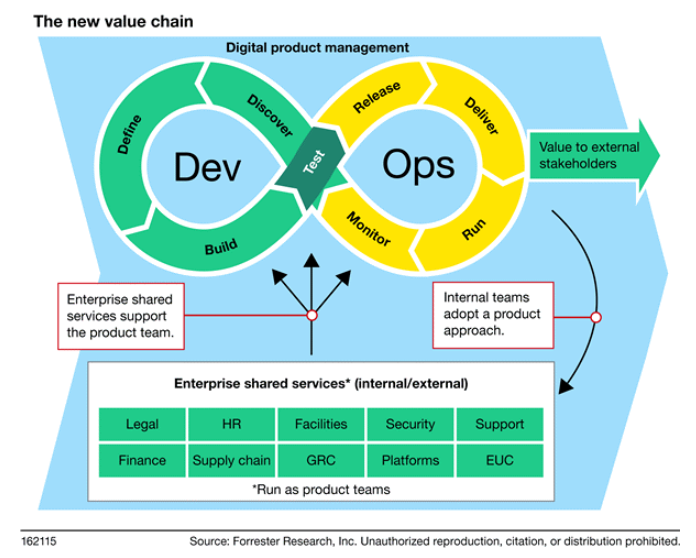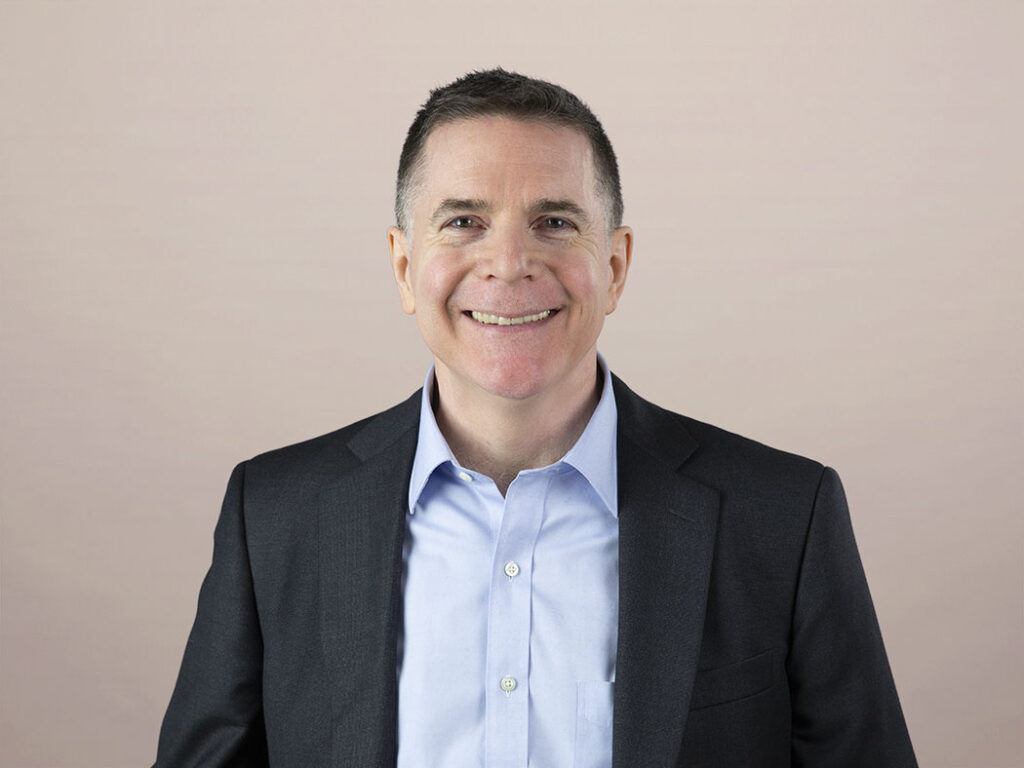The New Operating Model Is Upon Us
The world didn’t stop when the global health pandemic clobbered businesses around the globe. Companies large and small stepped up to the plate to find creative solutions. This accelerated an already ongoing trend for companies to become future fit — i.e., adaptive, creative, and resilient. For many companies, that meant accelerating DevOps practices to help build new digital experiences; however, this pivot runs deeper. As supply chains, workforce, and safety regulations changed, companies had to extend these practices elsewhere in their organization.
For the last six months, I’ve been working on a major research project around the new operating model we see emerging as organizations transform to more adaptive, creative, and resilient approaches. This included over 20 interviews with innovation thought leaders, chief innovation officers, and major operations strategists across brands such as Deloitte, Nationwide, Target, Bank of America, Best Buy, and more. This has culminated in our new report, “Your Operating Model Must Enable Innovation.”
This report asserts that challenging times call for creative responses; multiple sources talked of fast pivots and fast responses to pandemic urgency. In one case, a major bank that had recently implemented persistent product teams was able to deliver a minimum viable product for the Paycheck Protection Program within days. Fostering such innovation requires a thoroughgoing integration of enterprise silos, for which the well-known DevOps figure eight provides a template:

This fast innovation cycle is essential to the creative experimentation required for increasingly volatile times. Too often, however, organizations remain mired in older approaches that don’t support innovation or even ongoing improvement very well. As one senior leader remarked, “We’re an innovation engine on our core products, but internally, innovating on ways of working isn’t in our DNA.”
The new operating model calls for governance more of what, not how; “wide boulevards, high curbs,” as one leader noted. In particular, we hear a growing chorus of calls for fundamental rethinking of organizational funding models. Annual PMO-led portfolios are rapidly being displaced by direct, OKR-measured, ongoing investment in value streams, products, and capabilities. Beyond portfolio governance, the organizations we talked to had a number of challenges in common:
- How to balance product team autonomy with the need for specialist expertise
- How to ensure necessary coordination without flow-inhibiting bureaucracy
- How to engage with organizational risk management professionals and their valid concerns
- How to structure product-team-based organizations (in particular, the pros and cons of the so-called “Spotify model”)
- The evolution of functional silos (think I&O) into true internal “product teams” (increasingly called “platform teams”)
To the last point, one view I have on the new operating model combines the DevOps figure eight with the supporting shared services made available via the ESM portal:

With a nod to Michael Porter, I call this the new value chain: integrating R&D, marketing, technology, sales, services, and operations into an ongoing flow of value, supported by shared services both internal and external to the enterprise.
These are exciting times. There are many ideas and emergent practices and some practices that might be called “good,” but we are a long way from asserting “best” practices. I have deep doubts that we will ever get to clear “best” practices in this increasingly VUCA (volatile, uncertain, complex, and ambiguous) world. But there’s definitely coherent trends emerging here toward a more customer-led, value-oriented, and experimental ethos as agility absorbs ever deeper into the DNA of organizational operating models.
If you’re looking to modernize your operating model, schedule an inquiry (inquiry@forrester.com) with myself, Charles Betz, and my colleague, Gordon Barnett, who authored “The Anatomy of An Operating Model” and “Key Attributes Of An Adaptive Operating Model.” We look forward to the conversation!
